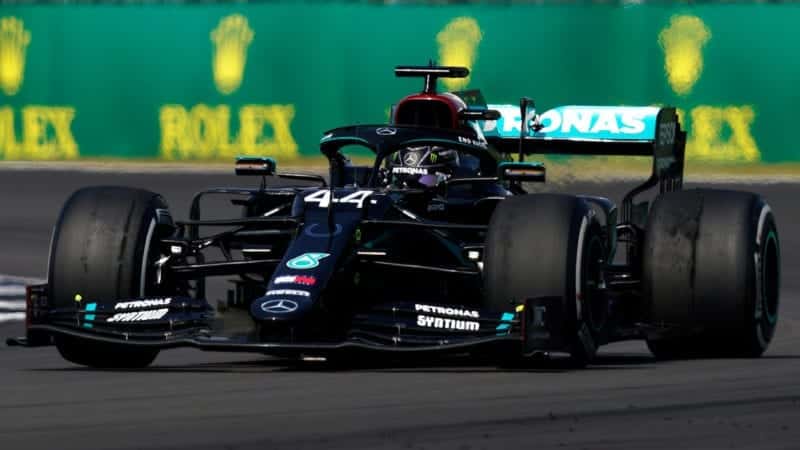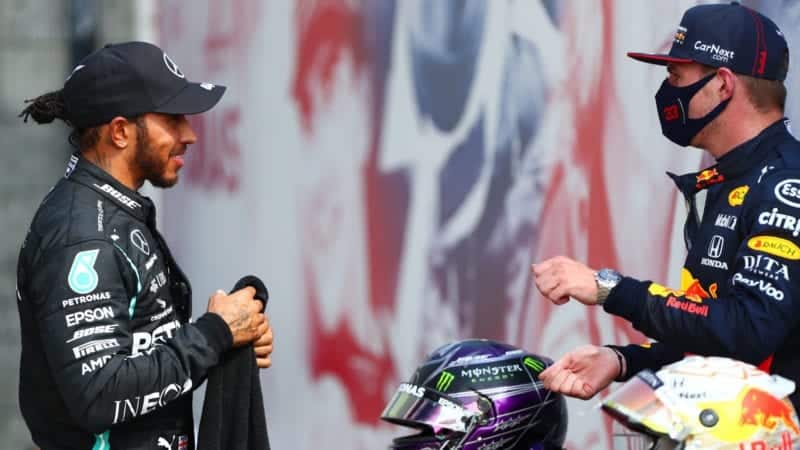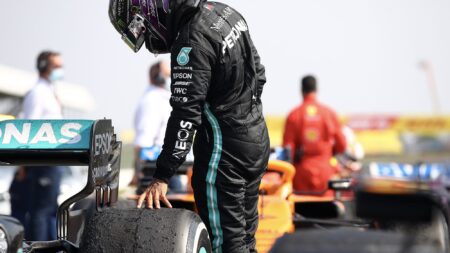F1 could do a lot worse than aiming for a repeat, a target that looks to have the support of F1’s motor sport director, Ross Brawn, who called it: “Without doubt, the most exciting race of the year.”
“The 70th Anniversary Grand Prix weekend showed how small changes, such as changing the compound type and allocation from one race at Silverstone to the next, can have such a big effect. It made the race,” he said in his post-GP column.
“Red Bull produced a brilliant strategy, and Max Verstappen executed it perfectly. The difference between getting the tyres to hold on and for them to go over the top can be quite subtle. Clearly Mercedes were putting a bit more energy into the tyres in a way which pushed them over the limit, whereas Red Bull did not.”
So how can Pirelli replicate Silverstone II? Altering the tyre allocations for teams to make strategy a knife-edge call is a much “cleaner” way of changing the status quo versus previously touted ideas such as reverse grid qualifying or compulsory two-stop races.
It could be done this season too by opting for one step softer than originally planned for the remaining races that are yet to have a tyre allocation announced. That would come into effect after the Italian Grand Prix at Monza.
The Tuscan, Eifel and Portuguese Grands Prix are already a step away from normality so could present F1 with a great chance to experiment with stable regulations following next year.
A visit to Sochi for the Russian Grand Prix splits the races at Mugello and the Nürburgring, and it’s an event that desperately could use some help in putting on a greater showing on race day, offering Pirelli another great excuse to try something new.
Of course, it would be nice to see a truly competitive fight at the height of F1 without the ‘artificial’ element of tyre compounds but that is looking impossible until 2022, with development largely frozen until then.
Until then, this year’s compressed season is adding to the drama. Mercedes has less than a week to unearth the causes of its tyre headache, with Red Bull ready for another opportunity to win.
On race day at Silverstone, air temperature hit around 27C. The average highs in Barcelona during the month of August sits at around 29C, and the Circuit de Catalunya is hardly kind on F1 tyres.
Tyre compounds will revert to being one step harder next weekend; whether this negates the higher temperatures, and produces more uncomfortable choices for Mercedes, only time will tell.



